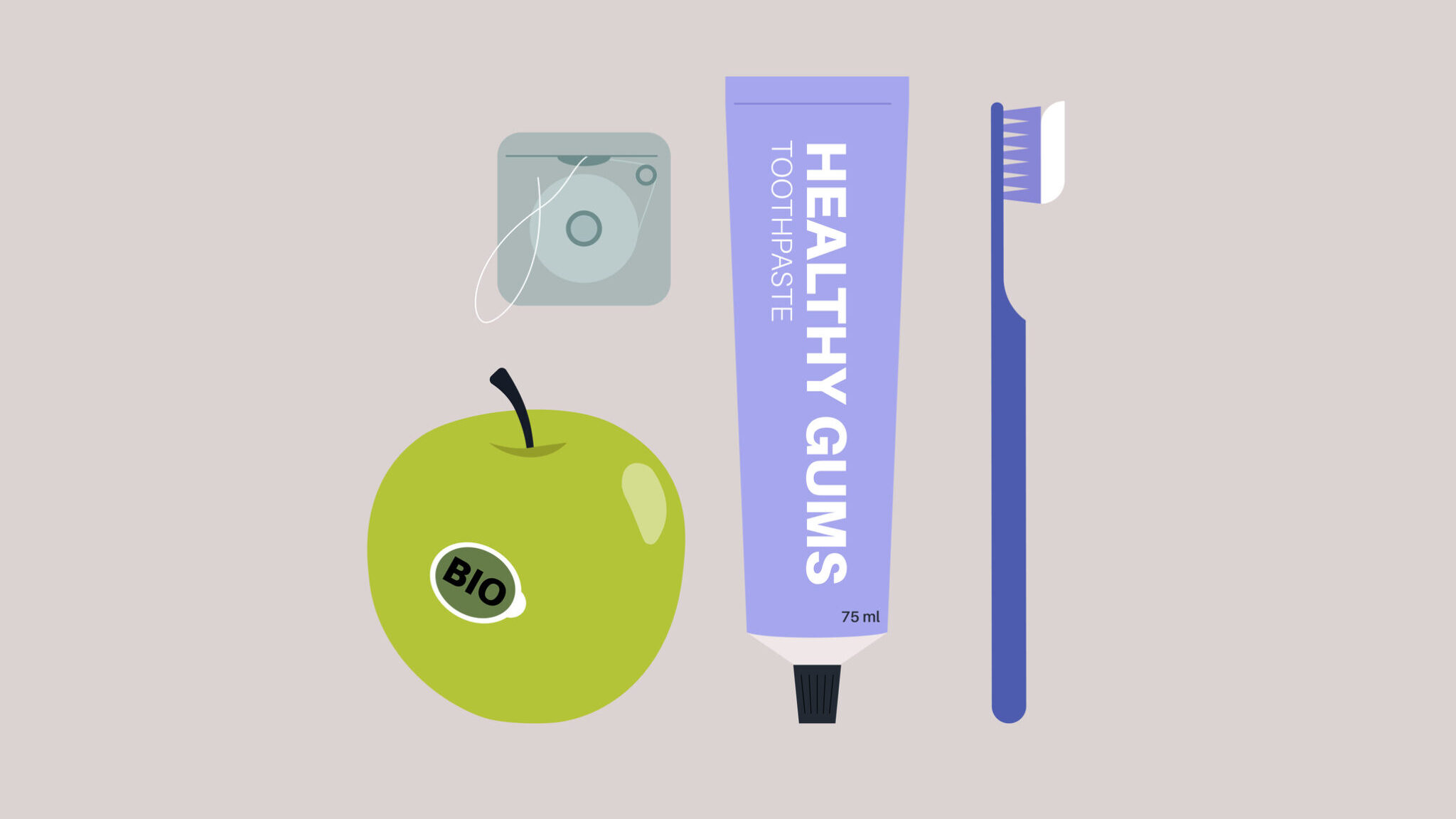Scientists examining dental plaques from prehistoric Sudanese skeletons say that purple nutsedge, today considered one of world’s worst weed, was not always a pest.

Donatella Usai / Centro Studi Sudanesi and Sub-Sahariani
Scientists uncover a skeleton at a prehistoric gravesite in Sudan. Researchers say calcified tooth plaque from ancient remains is “a mine of amazing information.”
Scientists now say that wasn’t always the case. By examining calcified tooth plaque from ancient African skeletons, a research team has discovered that prehistoric peoples ate purple nutsedge for thousands of years.
And because there is evidence the wild plant was eaten even after the adoption of agriculture, the researchers also believe ancient peoples may have been aware of its medicinal properties: it probably contributed to the unexpectedly low incidence of cavities among the examined skeletons.
The study, published Wednesday in the online open-access journal PLOS ONE, is yet another find from a rich, if slightly icky, archeological resource.
“We’ve begun to realize that the stuff that sticks on your teeth, that the dentist scrapes off (but) that we can find in the archeological record, is a mine of amazing information,” says Keith Dobney, a human paleoecologist at the University of Aberdeen. “There’s some really exciting potential, and this is part of that.”
Scientists have already used tooth plaque to probe the diets of Neanderthals and the ancient humans who lived on Easter Island. More recently, Dobney was part of a team that extracted ancient DNA from bacteria trapped in the dental plaques of a large number of skeletons. They discovered that the microbial communities in our mouths have diminished over time.
The authors of the new PLOS ONE study decided to examine dental plaques from a unique prehistoric gravesite known as Al Khiday. The site, in central Sudan, contains skeletons entombed over a huge span of time, beginning with Neolithic fisher-hunter-gatherers and ending around 7,000 years later with the burial of early farmers.
They used several different techniques to examine what was trapped in the teeth of 20 Al Khiday skeletons, including a novel approach that involves analyzing chemical compounds released after heating the specimens to very high temperatures. What they discovered was strong evidence that these ancient peoples ingested Cyperus rotundus, known commonly as purple nutsedge.
“This came as a huge surprise to us. I had never heard of Cyperus rotundus before, and it came out so loud and clear,” said Karen Hardy, the study’s lead author and a research professor in the Catalan Institute for Research and Advanced Studies at the Universitat Autonoma de Barcelona. Farmers, however, would certainly have heard of it: the subtropical plant is considered one of the world’s worst weeds because of how hard it is to eradicate. The B.C. Ministry of Agriculture has published a warning to control outbreaks immediately.
For more on this on this blog please visit: http://www.thestar.com/news/world/2014/07/16/ancient_tooth_plaque_shows_surprising_use_for_common_weed.html.












